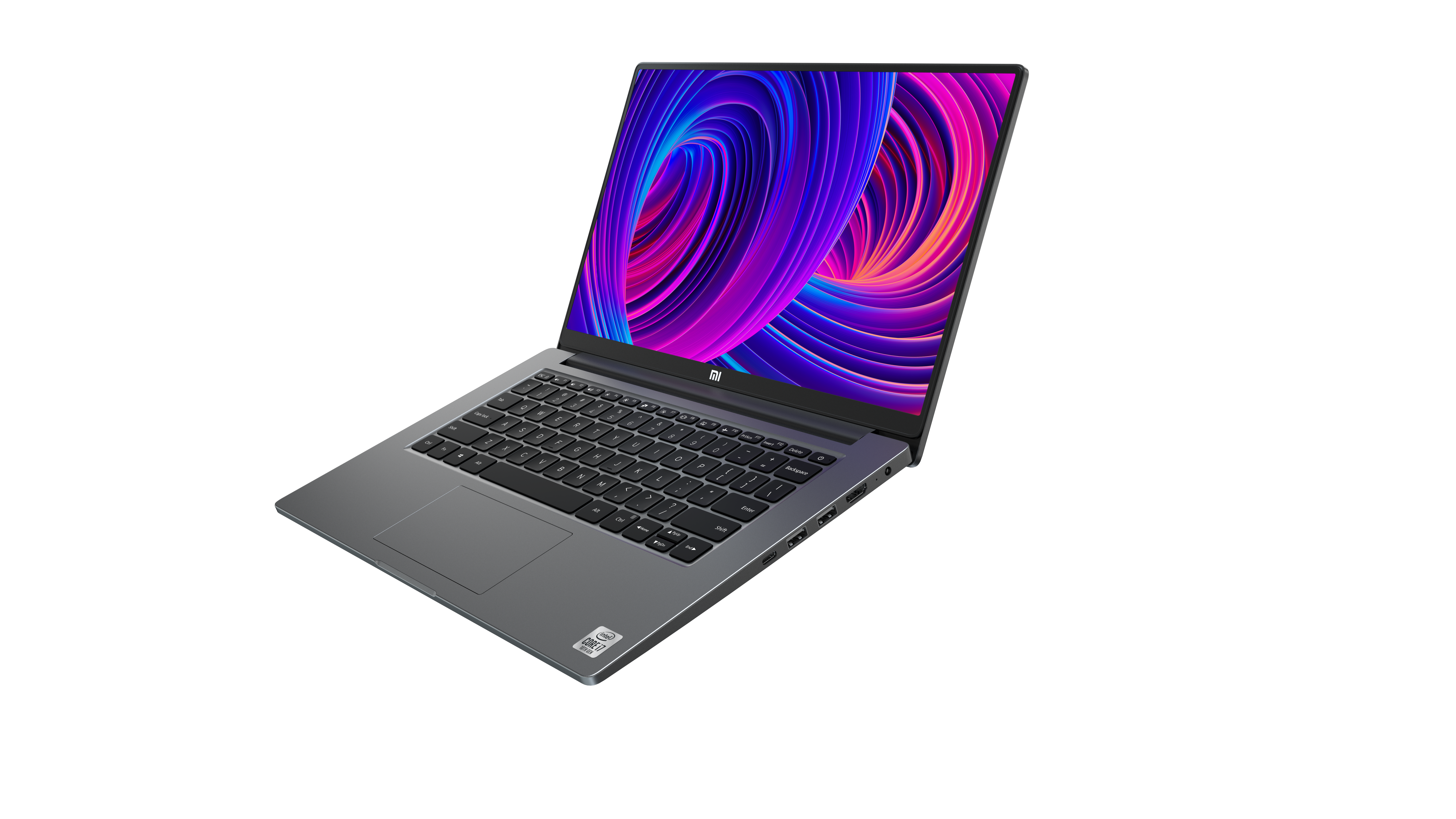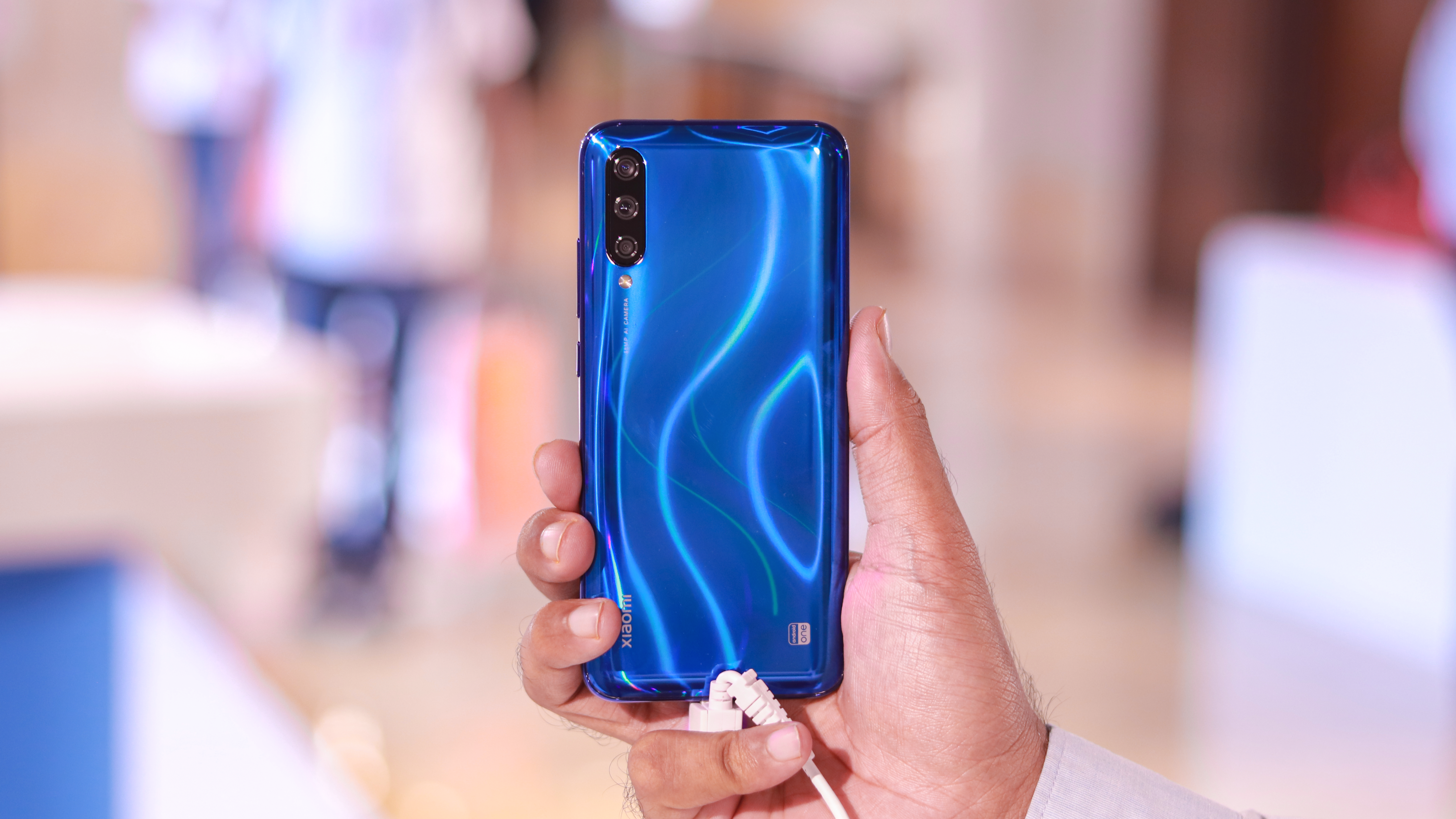Realme has been one of the most ambitious newcomers in the smartphone segment, quickly rising up the ranks in a short period of time. After having found success in smartphones and entering the connected devices segment, Realme is now looking to increase focus on AIoT products.
Realme India’s Madhav Sheth shared the new expansion strategy in a forum post. The new product strategy is “1+4+N” — One core product, four smart hubs and N AIoT and lifestyle products. These will act as the foundation for Realme’s expansion into more product categories. This is a common strategy adopted by tech brands for their horizontal expansion.

1 Core
Smartphones will continue to be the core of Realme’s business, and going forward, will act as the centre of its AIoT ecosystem. The Realme Link app will act as a one-stop-shop to manage all connected products in its portfolio.
4 Smart hubs
Smart products will see a lot of traction in the coming period. Realme looks at them as four distinct product categories: smart TV, smart earphones, smartwatch and smart speaker. In fact, in 2020, we’ve already seen offerings such as the Realme TV, the Buds Air as well as the smartwatch. In the near future, expect an announcement around smart speakers, as well as more premium and high-end offerings such as a stylish smartwatch, bigger TVs and smarter headphones. Over time, there will be options at multiple price points to address the needs of the Indian market.
N AIoT Products
N refers to the many AIoT and lifestyle products that Realme is looking to bring to the market. Crudely divided across home, personal and travel, many new product categories will be explored. At the Realme X3 launch this week, a new Adventurer Backpack will also be unveiled.
I have put my heart and soul to lead and build a talented team for Realme India. We have always strived to provide you (with) the most trendsetting technologies and stylish designs while setting benchmarks in each price segment
Madhav Sheth, CEO
Some other future plans were also shared, such as employing over 10,000 Indians by the end of 2020 and expanding sales and distribution to Tier 4 and 5 areas. Local manufacturing of some of the upcoming smart products will also commence. As a part of the “Make in India” initiative, TV and component production lines will be set up for motherboards, which is a rare feat.
- Everything we know about the Realme X3 series
- Realme’s next smartphone to usher in a design overhaul
- Realme’s 2020 plans for India include a 108MP smartphone





